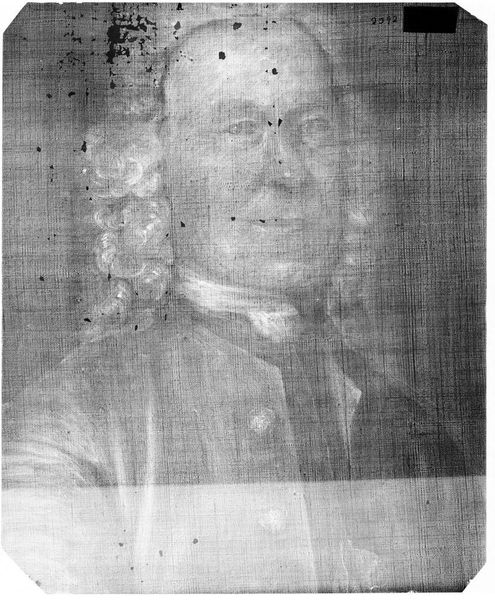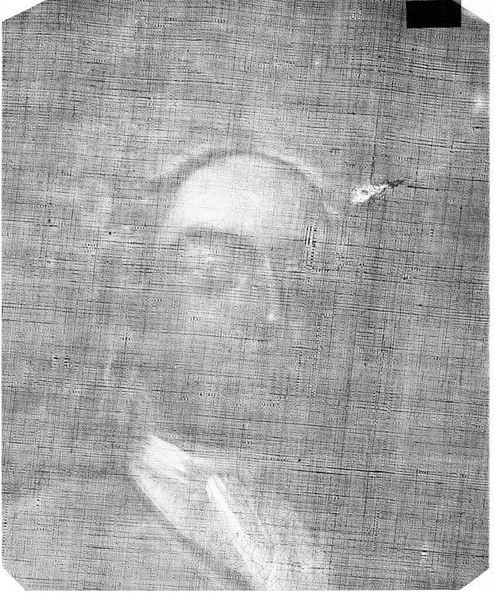
drawing, pencil
#
portrait
#
pencil drawn
#
drawing
#
neoclacissism
#
pencil sketch
#
pencil drawing
#
pencil
#
academic-art
Dimensions: 4 5/8 x 3 in. (11.7 x 7.6 cm)
Copyright: Public Domain
Curator: We’re looking at John Trumbull’s pencil drawing, "Major General Horatio Gates," created in 1790, here at the Metropolitan Museum of Art. Editor: There's a raw, almost ghostly quality to this portrait, isn’t there? The sketch lines feel so tentative, unfinished even, giving a sense of vulnerability. Curator: Absolutely. Trumbull's choice of pencil is interesting—drawing as a quicker, more accessible method of image-making compared to painting for elite portraiture. It could speak to a democratisation of representation. This work, though a study, hints at the broader context of portrait production during this time: Who has access to image production and the tools needed to do it? Editor: And who gets remembered. Gates, though victorious at Saratoga, later faced scrutiny and blame. It's fascinating how Trumbull captures something of that complexity in his gaze. It's a portrait embedded in socio-political unease, reflective of shifting loyalties and contested narratives surrounding Revolutionary heroes and public perception. How was Trumbull, from a privileged background, engaging in the crafting of Gates's narrative for consumption? Curator: We see a similar concern for capturing the psychology of the sitter in his more elaborate history paintings too. In Trumbull’s artistic process, material choices also influence this sense of spontaneity. Pencil allows a level of experimentation, where line weight and shading capture emotional qualities alongside the physical features. It invites us to think about the role of labor itself – pencil production, paper production – in image-making. Editor: Precisely. I am captivated by this stark portrayal that encourages us to question dominant narratives of the period. And to really explore what those shifts in artistic and political authority signified then, and for us, now. Curator: Yes, it offers an insight into Trumbull's technical capabilities and asks questions about materials used for political representations in a revolutionary moment. Editor: Ultimately, both Trumbull’s choices and Gates's biography invite a more nuanced look into this pivotal time period, raising complex issues concerning heroism, politics, and representation.
Comments
No comments
Be the first to comment and join the conversation on the ultimate creative platform.

